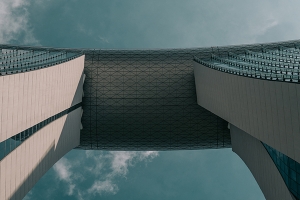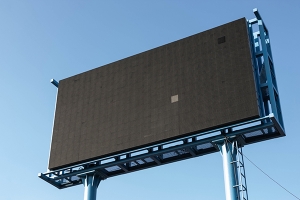-
Sustainability and Social Inclusion Innovation
5.2 facts surrounding social and global environmental problems
Are you wondering why sustainable solutions are really needed for people and economies?
Maybe these facts below will help you to make your mind.
- 9 million people a year die due to air pollution worldwide.
- Renewable energy is only 6,3% of all available sources used globally. Coal and natural gas remains the dominant source for generating electricity (over 60%)
- People generate 1.12 billion tons of waste globally each year.
- 99% of stuff which people buy is trashed within 6 months.
- The garbage vortex on the Pacific Ocean (called North Pacific Garbage Patch) is three times the size of France (or five time the size of Poland)
 BOTTOM OF THE PYRAMID MARKET
BOTTOM OF THE PYRAMID MARKET
Again, we would like you to consider some facts:
- Over half of global population’s income is less than $1,500 per year (based on purchasing power parity in US$).
- Half the world still lacks coverage for the most essential health services.
- 663 million people lack access to an improved source of drinking water.
- 1 of every 10 people around the world experience chronic hunger.
- 98% of the world’s undernourished people live in developing countries.
In MODULE 2 we presented various frugal innovations, which help to achieve social inclusion, like Pick Vision (for more info see Module 2) a solution encompassing software and high-resolution camera, thanks to which a smartphone can help to help people, who live away from eye clinics and cannot afford eye treatment. Another interesting example is FoodCloud (see Module 2) enabling the redistribution of surplus food, which was also explained in the MODULE 2.
 We have another fascinating example for you.
We have another fascinating example for you.
The billboard that produces water.
One of the biggest problems that Lima, capital of Peru, has is the lack of water.
Lima is the second largest desert city in the world, located at the northern part of the Atacama, the driest desert in the world. Paradoxically, due to the coastline location, the air humidity averages 83%, and in the mornings even 100%.
Such high humidity is used by the billboard invented by the University of Engineering and Technology of Peru (UTEC), which condenses water from the air into potable water. This billboard produces around 100 liters of water a day.
Profitable business and affordable prices
Focusing on non-affluent consumers does not mean resigning from a business approach. The bottom of the pyramid market means to sale at low price, low margin but at high volume. Single-serve packages of washing powder, soap, toothpaste or shampoo, which are sold in emerging markets, prove such strategy. Non-affluent clients would also buy mobile phone services, if it is available at low-price. For instance, in India the minute would cost a fraction of a cent.
Do you know that…
Bill Gates – a Microsoft founder, after reading C.K. Prahalad’s book titled The Fortune at the Bottom of the Pyramid, said:
“…an intriguing blueprint for how to fight poverty with profitability.”
Prahalad C.K. (2006) Fortune at the Bottom of the Pyramid: Eradicating Poverty Through Profits, Dorling Kindersley Pvt Lt


